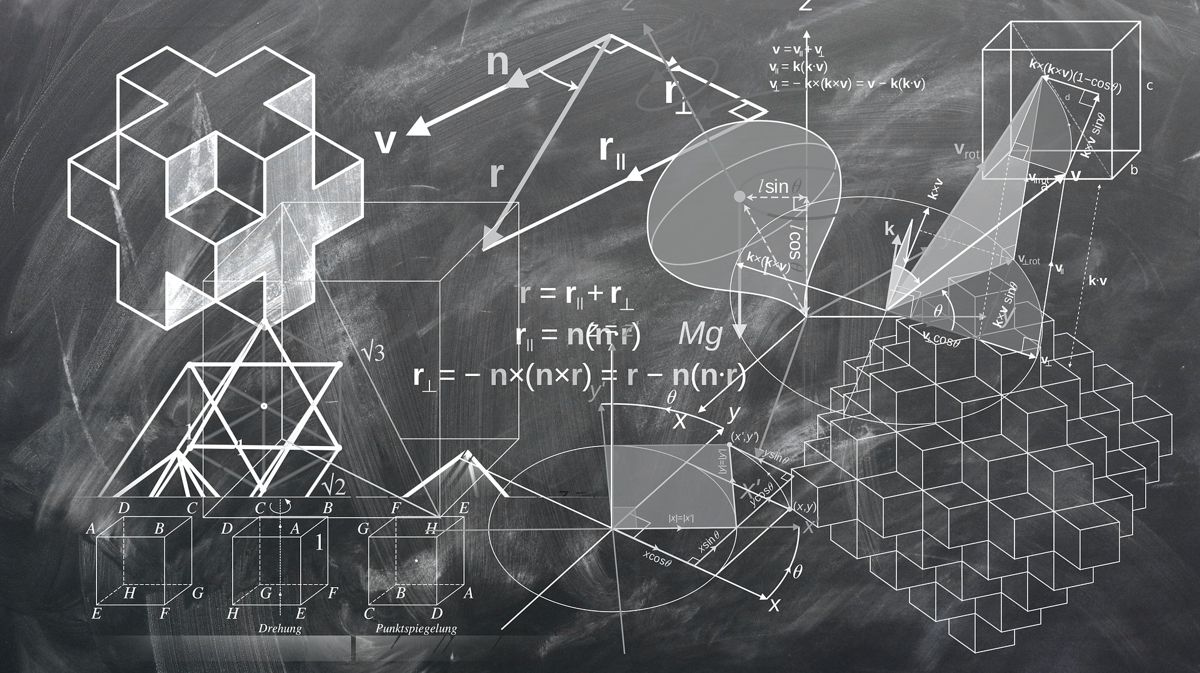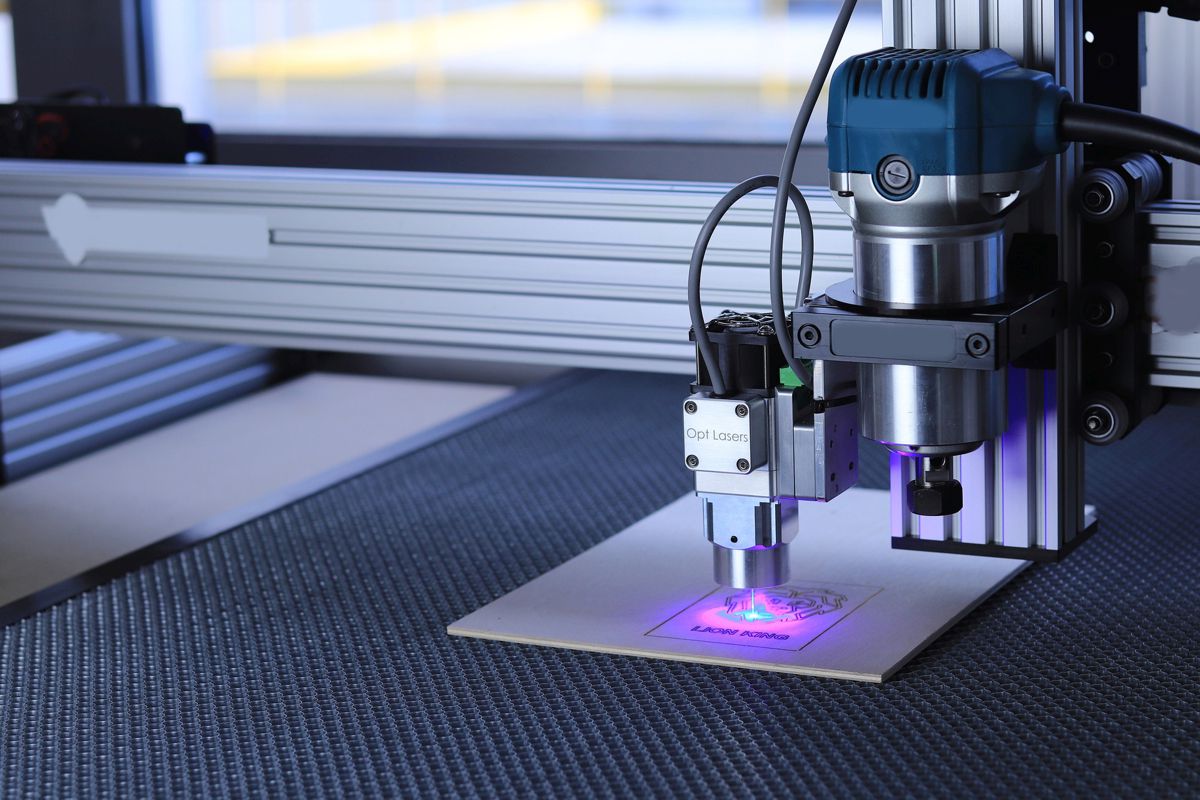Technology Trends in Modern Construction
In recent years, the construction industry has increasingly embraced sustainable practices and innovative technology to create more eco-friendly and efficient projects. This trend has been particularly pronounced with architects and contractors finding new ways to incorporate green materials and techniques into their designs.

Sustainable Materials and Methods
One of the most significant changes in modern construction is the shift towards using sustainable materials. Builders and architects are turning to eco-friendly options like green and recycled steel, timber, and bamboo, which can be just as strong and durable as traditional building materials but with much less environmental impact.
Additionally, new building techniques such as passive house construction and living walls are becoming more popular, offering greater energy efficiency and aesthetic appeal.
Passive house construction involves designing and constructing buildings that are highly energy-efficient and require very little energy to heat or cool. These homes are built with high-quality insulation and airtight seals to minimise the loss of heat and energy, meaning they can maintain comfortable temperatures without relying on conventional heating and cooling systems.
Living walls, on the other hand, use vegetation to absorb pollutants and carbon dioxide from the air, helping to purify the atmosphere and provide a natural aesthetic.

Modular and Prefabricated Construction
Another trend in modern construction is the use of modular and prefabricated construction. This approach involves building sections of a structure off-site and then assembling them on-site, reducing waste, and increasing efficiency.
Prefabrication can save significant amounts of time and money, as it reduces the need for skilled labour and minimises the risk of delays due to inclement weather or other factors.

Technology in Construction
Finally, technology is having a significant impact on modern construction. Builders and architects are using 3D printing, drones, and virtual reality to create more accurate, efficient, and cost-effective building designs. 3D printing allows architects to create detailed, scaled models of buildings, which can then be used to identify potential design flaws or issues before construction begins.
Drones can be used to survey and inspect job sites, allowing for greater accuracy and efficiency during the planning and construction process.
Augmented and virtual reality can also be used to create immersive, realistic simulations of buildings, allowing clients to see and experience their designs before construction begins.

Conclusion
In conclusion, modern construction is increasingly focused on sustainability and technology, with builders and architects seeking new ways to create eco-friendly and efficient buildings. With the use of sustainable materials and methods, modular and prefabricated construction, and innovative technologies, the industry is well-positioned to continue growing and evolving in the years to come.




















